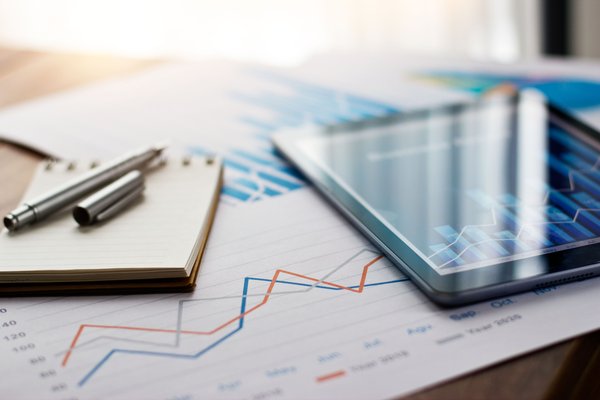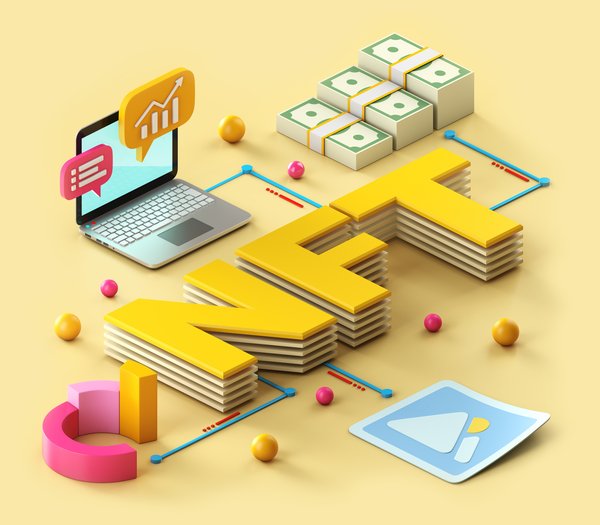The travel and tourism industry generates more than $8 trillion per year, and Ariva (CRYPTO:ARV) is a cryptocurrency made for that massive market. Its goal is to pioneer travel payments with crypto, allowing travelers to pay for everything from flight and hotel bookings to local goods with their crypto wallets.
Ariva only launched in 2021, but it's moving quickly. There's already an Ariva travel-booking portal, a payment gateway, and a virtual world. But there are also concerns that it could be a scam, especially because the Ariva team hasn't provided their identities.
Smaller altcoins such as Ariva can be extremely profitable if they take off. Let's take a closer look at Ariva to see if it's worth the risk.

What makes Ariva unique?
What makes Ariva unique?
Ariva sets itself apart from other types of cryptocurrency by specifically focusing on the travel and tourism industry. Its main product is Ariva.World, a decentralized travel and tourism portal.
On Ariva.World, users can pay for travel booking with cryptocurrency. The portal also has a rewards system where users can earn cryptocurrency when they make reservations and contribute content, such as travel reviews on the Ariva blog.
The Ariva cryptocurrency is a utility token that powers Ariva.World and its other services. It's also designed as a convenient payment option for travelers and merchants. If Ariva becomes widely adopted, travelers could avoid the need to exchange money. Merchants who accept it would save on the transaction processing fees charged by banks and credit card companies.
To facilitate adoption, Ariva has a payment gateway, Ariva.Finance. It allows tourism businesses and online merchants to accept crypto payments in several cryptocurrencies, including Ariva, Bitcoin (BTC -2.08%), and Ethereum (ETH -0.22%).
While most of Ariva's offerings are related to real-world tourism, it also has a travel metaverse. Ariva Wonderland is a virtual world that users can explore and buy plots of digital land as non-fungible tokens (NFTs).
Where Ariva came from
Where Ariva came from
Ariva was launched on May 25, 2021. The Ariva team hasn't been forthcoming about their identities, which is one of the biggest red flags for this cryptocurrency.
According to an article published on Ariva's Medium, the core team members include a company with 20 years of global tourism experience, tourism professionals, and a research and development team. The article also said Ariva is a collaboration among four companies based in different countries.
The supposed reason for the secrecy is to avoid giving the project a centralized structure. That's hard to swallow, especially when Ariva launched more than a year ago, but it's the only reason provided so far.
How Ariva works
How Ariva works
Ariva is a BEP20 crypto token issued on the BNB Chain, a blockchain built by the Binance exchange. The maximum supply is 100 billion tokens, with the supply split up as follows:
- 78.94% to the public
- 18.40% to the main wallet
- 2.50% to the developer fund
- 0.16% to the marketing fund
The goal of the Ariva cryptocurrency is to be a convenient and secure payment method between participants on the Ariva.World travel portal. It's also intended as an incentive to participate in the Ariva ecosystem. It can be issued as a reward for making reservations and sharing information, such as reviews.
Partnerships
Ariva announced partnerships with the World Tourism Forum Institute (WTFI) and the Global Tourism Forum (GTF) in January 2022. Both organizations focus on addressing challenges in the travel and tourism industries.
Through its collaboration with the two organizations, Ariva plans to foster blockchain use within the tourism community and become the leading blockchain service in global tourism. Ariva and the WTFI kicked off their partnership with The Global Tourism Blockchain for Travel Summit, which was held in Dubai on March 26, 2022.
On the virtual front, Virtualand announced plans to integrate Ariva into its metaverse project in January 2022. Virtualand combines artificial intelligence with blockchain technology to create a metaverse network.
Unique risks
Ariva has gotten quite a bit of criticism over the lack of information about its team. Many have speculated that the entire project could be a rug pull, a common crypto scam where developers pump up the price of their project as much as possible and then abandon it.
That's a definite possibility with Ariva because, based on all the secrecy, this project looks shady. There's simply no good reason to hide who's running Ariva. It has been more than a year since the token launched, and it's supposedly trying to completely change the travel industry, but there's zero information about the executive team or its founders.
Another risk for the Ariva token is that there is no community governance, so the anonymous owners can make any changes they want to the project. Community participation in decision-making could be possible in the future; the project roadmap shows ARV Voting as a desired feature for the fourth quarter of 2022, which happens to be the same time that they hope to launch their own mainnet network.
At best, Ariva is a legitimate but immature project, and its team is showing very poor judgment by hiding their identities. At worst, it's a scam.
Related investing topics
Is Ariva a good investment?
Is Ariva a good investment?
Ariva is far too risky to recommend as an investment. It could be a scam, considering no one behind it has released their identity. Even if it isn't, Ariva faces an uphill battle in the competitive tourism industry.
The idea behind Ariva looks interesting at first glance. Travel and tourism is a massive market, and cross-border payments can be inconvenient. The problem is that Ariva's solutions aren't any better than what consumers already have available. There are plenty of payment cards without foreign transaction fees, and the best travel rewards credit cards offer lots of extra benefits.
On most trips, a payment card with no foreign transaction fees and some cash is all you need. Even if some merchants start accepting Ariva, it's unlikely many will accept crypto but not debit and credit cards. So even though Ariva could be useful, it's not exactly necessary or an improvement on what we already have.
There are plenty of cryptocurrency investments without Ariva's drawbacks. Although all cryptocurrencies are volatile and shouldn't make up too much of your portfolio, you can at least find projects with more transparency and better use cases.
How to buy Ariva
How to buy Ariva
Since Ariva is on the smaller side, it's not listed on many of the top crypto exchanges yet. If you want to buy Ariva, here are a few of the platforms that offer it:
You can also trade for Ariva on decentralized crypto exchanges, such as PancakeSwap (CAKE -1.21%). To use a decentralized exchange, you need to connect a blockchain wallet and swap another cryptocurrency for ARV tokens.
On the surface, Ariva seems like a good choice for those who want to invest in smaller altcoins. However, it's always good to take a cautious approach with cryptocurrencies. Until Ariva progresses more and has information available about its team, this project is better suited for your watchlist than as a part of your portfolio.















































